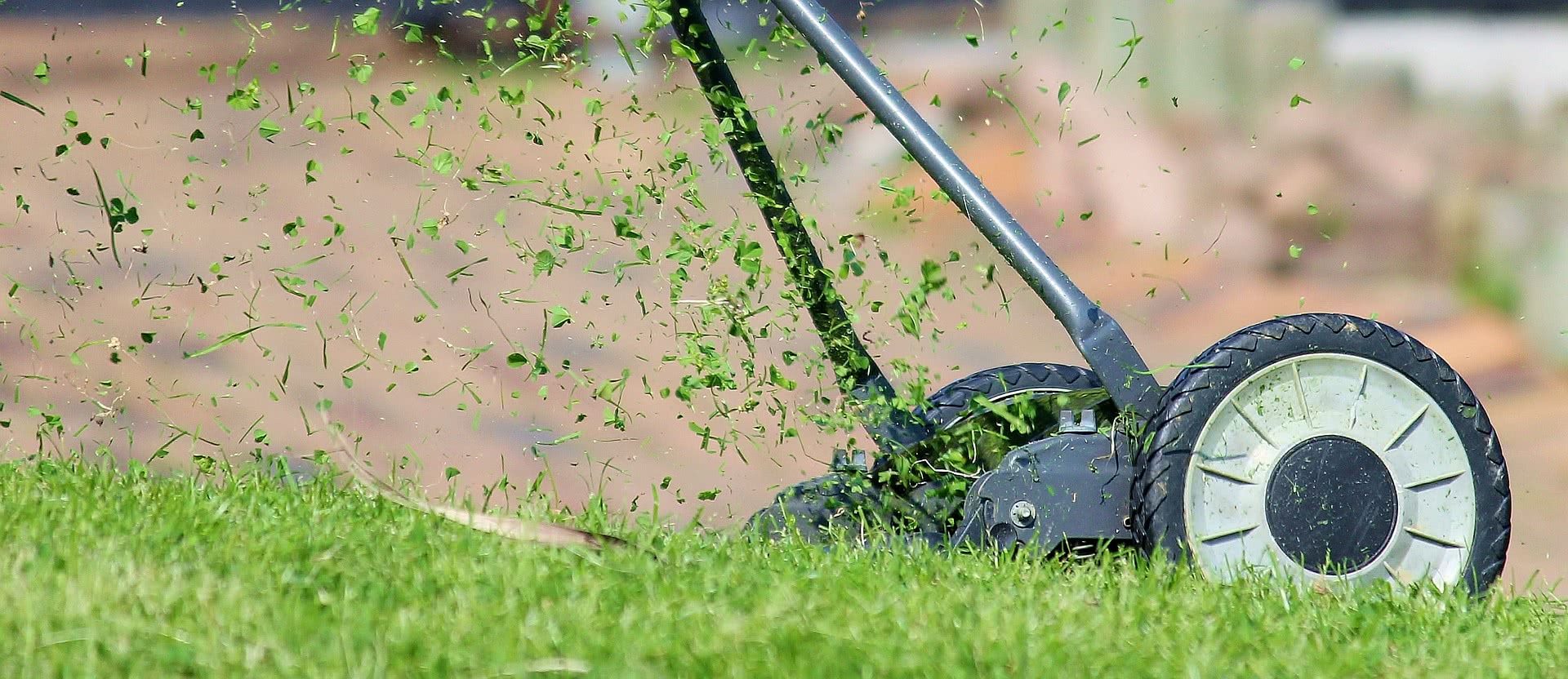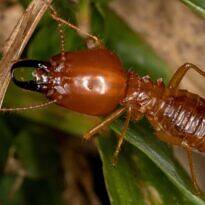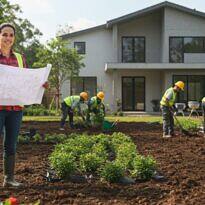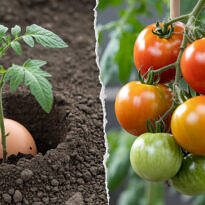
Many garden owners dream of a perfect and uniform lawn. With its vibrant green color, it’s meant for admiring, playing with children, enjoying a soccer match, or having a pleasant picnic. That’s why we choose the most beautiful grass, invest in a good lawn mower, and occasionally water it with a hose. However, to have a perfect lawn at home, it takes much more than sporadic watering and trimming. For a lush and enduring lawn, we must ensure that lawn maintenance is always up to date, preferably on a schedule.
Neglecting proper lawn care often leads to failures, patches, and the emergence of pests and diseases on the lawn. It also results in constant frustration and persisting mistakes that hinder rather than help in the lawn’s recovery. People often start to view their lawn as having an expiration date, needing to be replaced from time to time as problems accumulate. In this article, we’ll explain the main causes of lawn failures and how to address them through proper management and planning.
1. Shaded Lawn:
One of the primary issues is planting and replanting grass in shaded areas. Despite all the efforts, the grass keeps dying. Why does this happen? Grasses in general have high light requirements, needing at least 6 hours of daily sunlight to remain healthy and recover from frequent trampling and mowing. Some species, like São Carlos grass, are more resistant to shaded areas, but they still don’t thrive to their best. It’s worth a try if the area gets a few hours of sun daily and is not subject to heavy foot traffic, but don’t persist if you notice it starting to decline. Instead, opt for ground cover plants suited for shaded areas. Your garden will gain color, contrast, texture, and interest, along with a healthier appearance, free of gaps.
2. Compacted Soil:
In many Brazilian regions, excluding coastal areas, it’s common to encounter clayey, heavy, hard, and compacted soils. Little is done to improve this aspect before and after lawn planting. However, grass roots, like those of many other plant species, require aeration and good drainage to breathe and develop. Therefore, it’s necessary to prepare the soil with a rich layer of organic matter and sand, providing the grass with a suitable and aerated foundation for growth. Still, over time, erosion, natural decomposition of organic matter by soil microorganisms, combined with foot traffic, cause compaction to return to the lawn, resulting in gaps and other issues. Regular replenishment of organic matter and soil aeration through raking, forking, or other tools is imperative for roots to breathe again.
3. Acidic Soil:
In general, cultivated and ornamental plants prefer a neutral pH soil for growth. Lawns are no exception. Acidic soil hampers the absorption of nutrients like nitrogen, phosphorus, and potassium, causing the grass to utilize only a fraction of the applied fertilizer, with the rest being washed away by rainwater. Liming is essential to prevent this issue. It should be done before lawn installation and periodically as maintenance, every two years, as lime takes time to react and settle in the soil layers. Besides neutralizing soil pH, liming also reduces free aluminum and manganese, which can be toxic to plants when in excess. Liming should be performed based on soil analysis and interpretation by a qualified agronomist or forester. The recommended amounts usually range from 100 to 200 grams of lime per square meter. However, caution is required to avoid excessive application, as alkaline soil also hinders nutrient absorption by plants.
4. Moisture:
Just as soil conditions are primary reasons for lawn failures, excessive or inadequate water supply also leads to problems. Prolonged drought without supplemental irrigation causes severe damage to the lawn, often irreversible. However, both excess and deficiency are harmful. Excessive water promotes fungal diseases and reduces soil aeration in grassy areas. Therefore, it’s crucial for the lawn to have proper water management, preferably through automated irrigation optimized by moisture, temperature, and light sensors. Keeping the lawn adequately hydrated, watering deeply instead of frequently, promotes its health and resilience, making it more resistant to water shortages, reducing erosion, and decreasing the occurrence of diseases and pests related to water imbalances.
These are the primary causes of lawn failures. Secondary causes include heavy foot traffic, dog urine, diseases, pests, improper substrate application, herbicide misuse, excessively low or wrongly timed mowing, etc. Understand that secondary failures largely result from poor area management. Therefore, to achieve a beautiful and well-maintained lawn, a schedule for mowing, fertilization, irrigation, and substrate replenishment (topsoil) must be established to prevent failures, rather than constantly applying remedies and corrections. The lawn doesn’t need to be seen as something short-lived, needing replacement periodically. Instead, by managing it correctly, maintenance costs can be reduced, allowing you to enjoy its beauty, resilience, and quality time with your family.







